Description
Diethylaminoethyl Chloride: A Versatile Building Block in Chemistry and Beyond
Diethylaminoethyl chloride (DEAE-Cl) is a fascinating organic compound with a wide range of applications in various scientific fields. Its unique structure, featuring a chloride leaving group and a tertiary amine, makes it a versatile building block in chemical synthesis, biochemistry, and materials science. This article will delve into the properties, synthesis, and diverse applications of DEAE-Cl, highlighting its significance in modern research and industry.
Chemical Properties and Structure:
DEAE-Cl has the molecular formula C6H14ClNO. It consists of an ethyl chloride group (-CH2CH2Cl) attached to a diethylamine group (-N(C2H5)2). This combination of functionalities imparts several key properties:
- Reactivity: The chloride atom is a good leaving group, making DEAE-Cl susceptible to nucleophilic substitution reactions. This characteristic allows it to be readily incorporated into various molecules.
- Basicity: The tertiary amine group is basic and can be protonated, making DEAE-Cl soluble in acidic solutions.
- Solubility: DEAE-Cl is soluble in polar organic solvents and water, facilitating its use in a wide range of reaction conditions.
Synthesis of Diethylaminoethyl Chloride:
DEAE-Cl can be synthesized through various methods, but a common route involves the reaction of diethylamine with ethylene chlorohydrin (2-chloroethanol). The reaction proceeds through a nucleophilic substitution mechanism, where the nitrogen atom of the diethylamine attacks the carbon atom bearing the chloride in ethylene chlorohydrin. The resulting product is DEAE-Cl.
Diverse Applications of DEAE-Cl:
DEAE-Cl’s unique properties make it invaluable in numerous applications, including:
- Ion Exchange Chromatography: DEAE-Cl is often used as a building block for creating DEAE-functionalized resins. These resins are widely employed in ion exchange chromatography, a technique used to separate molecules based on their charge. DEAE-functionalized resins are particularly useful for purifying proteins, nucleic acids, and other biomolecules.
- Pharmaceutical Chemistry: DEAE-Cl is a key intermediate in the synthesis of various pharmaceutical compounds. Its ability to introduce a diethylaminoethyl group into a molecule makes it crucial for creating drugs with specific biological activities. For instance, it has been used in the synthesis of antihistamines, local anesthetics, and anticancer agents.
- Polymer Chemistry: DEAE-Cl can be used to modify polymers, introducing amine functionalities that can alter their properties. This can lead to the development of polymers with improved adhesion, biocompatibility, or reactivity.
- Bioconjugation: The amine group in DEAE-Cl can be conjugated to biomolecules such as proteins and antibodies. This modification can be used to enhance their stability, solubility, or targeting capabilities.
- Surface Modification: DEAE-Cl can be used to modify the surface of materials, creating surfaces with specific properties. For example, it can be used to create surfaces that are more hydrophilic or that can bind to specific molecules.
Safety Considerations:
While DEAE-Cl is a valuable reagent, it’s important to handle it with care. It can be irritating to the skin, eyes, and respiratory system. Appropriate personal protective equipment (PPE) such as gloves, safety glasses, and a lab coat should always be worn when handling this compound. Furthermore, working in a well-ventilated area is crucial to minimize exposure to its vapors.
Conclusion:
Diethylaminoethyl chloride is a versatile and widely used chemical compound with significant applications in various scientific and industrial fields. Its unique structure and reactivity make it an indispensable building block in chemical synthesis, biochemistry, and materials science. From ion exchange chromatography to pharmaceutical development and polymer modification, DEAE-Cl continues to play a crucial role in advancing scientific knowledge and technological innovation. As research continues to explore its potential, DEAE-Cl is likely to remain a valuable tool in the hands of scientists and engineers for years to come.


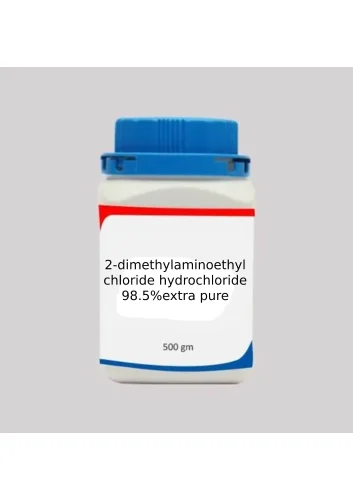
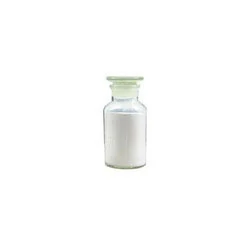
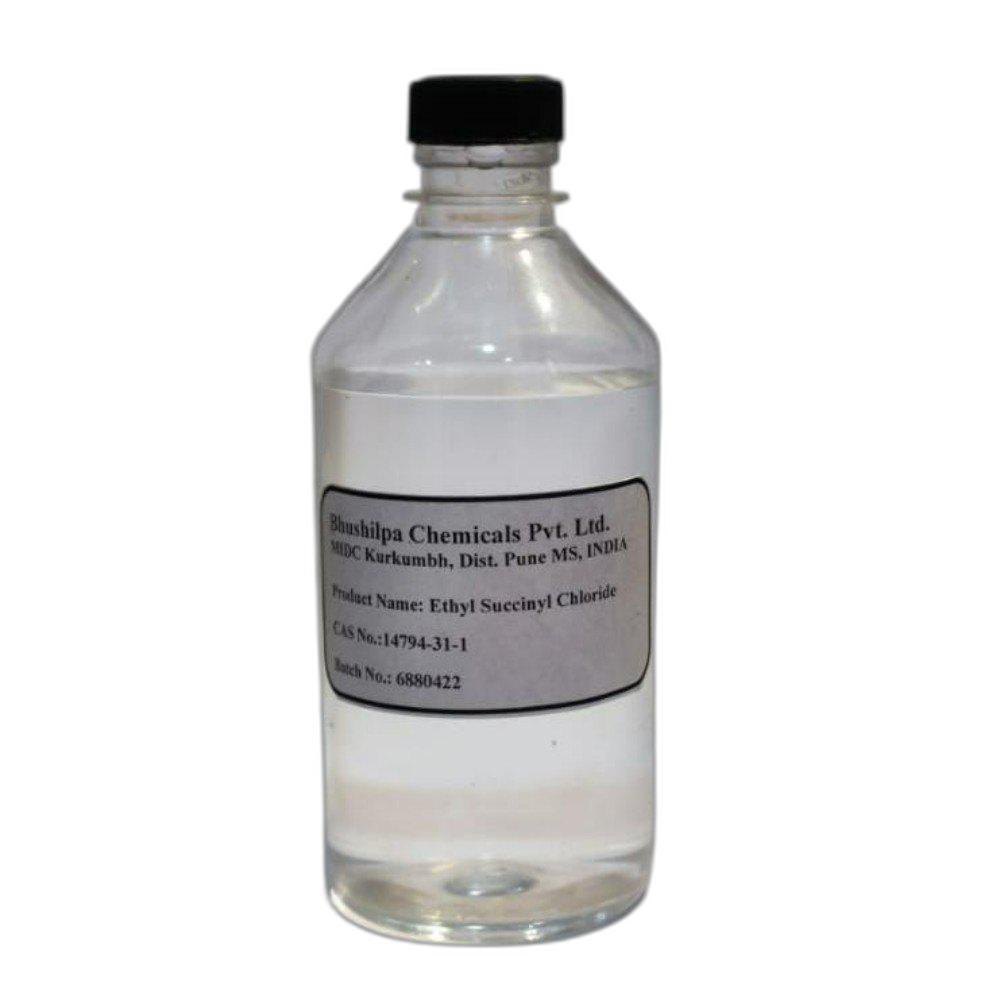
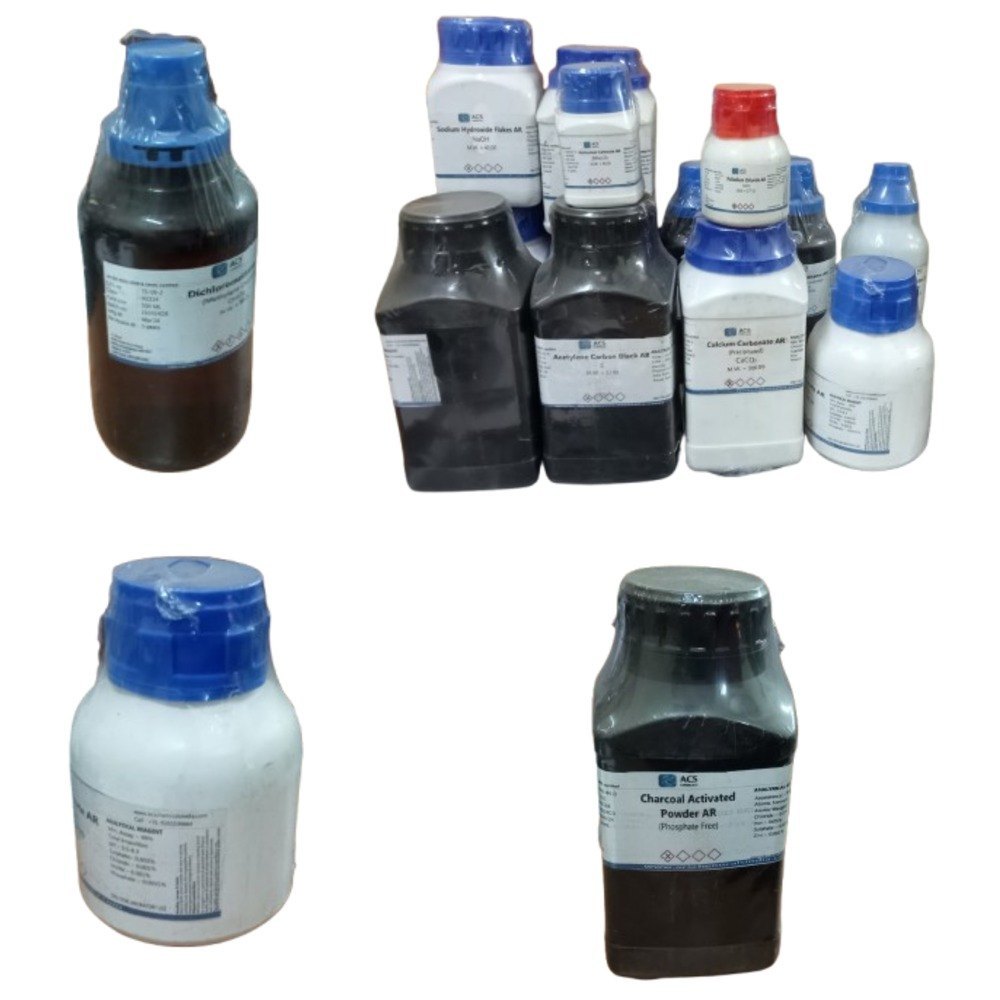
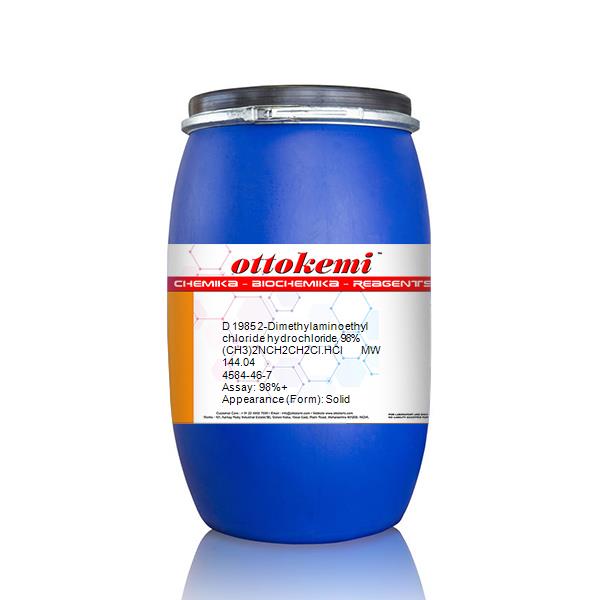
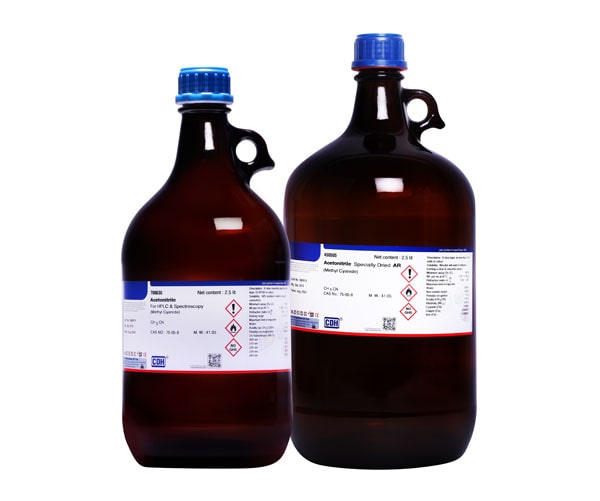
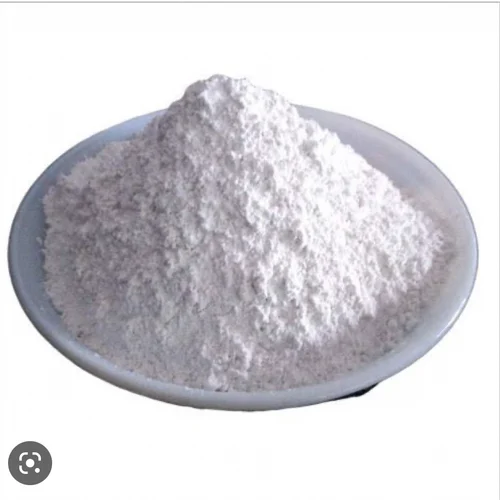




Reviews
There are no reviews yet.